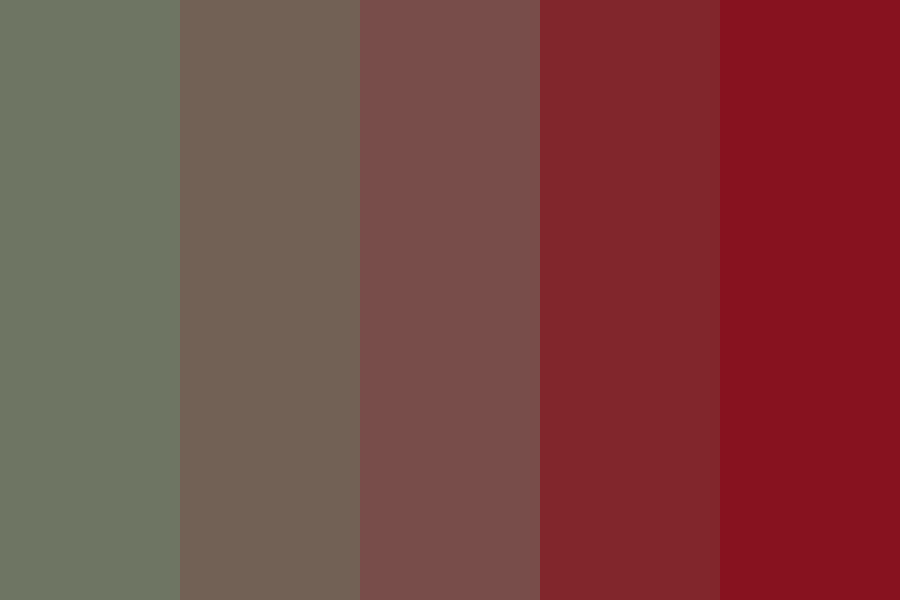

With four new models on the way, a new Plus/Max version is sure to generate a lot of buzz.
#Apple color pallete series#
The iPhone 14 series will be the focus of Apple’s September “Far Out” event. While “white” will most likely be starlight and “black” will most likely be Midnight, it’s interesting to consider the other colours Apple could have used. Green, Purple, Silver, Gold, and Graphite are the colours available for the iPhone 14 Pro. Green, Purple, Blue, Black, White, and Red iPhone 14 models are available. Both have stated that the following will be the colours for the upcoming iPhone 14 series: Ian Zelbo’s renderings are based on information shared by Twitter user Jioriku and a Naver account. With leakers currently debating the colours that Apple will reveal, graphic designer Ian Zelbo has shared some renders of the possible colours for these upcoming phones – and they look fantastic.
#Apple color pallete pro#
If you don't (or can't) use the asset catalog, you can create a new color and modify just the dark color.This iPhone 14 colour palette is getting us excited for Apple’s September event next week.Īpple will unveil the new iPhone 14 and iPhone 14 Pro series in a week. Set any appearance to your existing light color and dark appearance to system one. In Attributes inspector under a new Appearances section, select "Any, Dark". But if you want to keep your light color and change only dark color, you have two ways to do this. I would recommend you replace as much as possible if your light color is close to the system provided one. Once you know what color do you want for dark style, you have two options – replace and add dark color to your existing color. secondarySystemGroupedBackground for "Table Cell Grouped Background Color" Name
#Apple color pallete code#
groupTableViewBackground is deprecated in iOS13 and there is no code version of "Table Cell Grouped Background Color".

If you use storyboard or xib you can select "Group Table View Background Color" and "Table Cell Grouped Background Color". secondarySystemGroupedBackground for foreground content (background color for table view cell). systemGroupedBackground for background view and. If your foreground content isn't on the same plain as background (Like grouped style table view) use. Group - Foreground content is grouped and separate from background If your foreground content and background are on the same plain (Like plain style table view) Use. Nongroup - Foreground content and background are on the same plain Once you know the type of content, you can start adopting dark mode. Any view with the behavior of group content can benefit from system color. But the concept of a group doesn't limit to a table view. It is a plain style table view and grouped style table view. The above examples should be familiar to you. On the left a view which background and foreground content are on the same plain, on the right a view which foreground content is grouped and separate from background. In light color style, both foreground contents are white, but in dark mode, white don't always translate to black. Notice the change in foreground content (table view cell) color in dark mode. Here are examples of grouped and non-grouped content. Tertiary for grouping content or elements within secondary elements.Secondary for grouping content or elements within the overall view.With both sets of background colors, you generally use the variants to indicate hierarchy in the following ways: In general, if your foreground content is grouped and separate from background, e.g., grouped table view, use a grouped set of background colors otherwise, use the system set of background colors. IOS defines two sets of background colors-system and grouped-each of which contains primary, secondary, and tertiary variants that help you convey a hierarchy of information. There are only two categories of color you need to consider – background and foreground. It may seem complicated with all the new system colors Apple introduced. The best time to adopt the dark mode was September 19, 2019. This guide is for developers who are very excited to adopt the dark mode in their app, but many months pass by, and their app still bright and shiny. I encourage you to skim through the content, but if you have no time for that, you can jump right to the sheet. Sponsor and reach thousands of iOS developers.


 0 kommentar(er)
0 kommentar(er)
